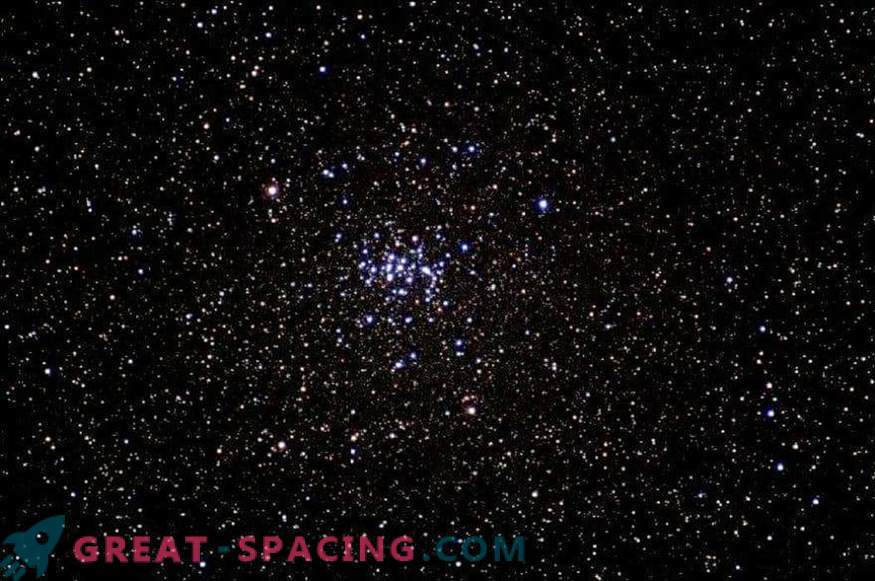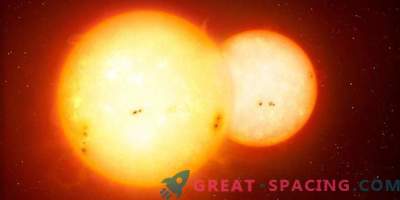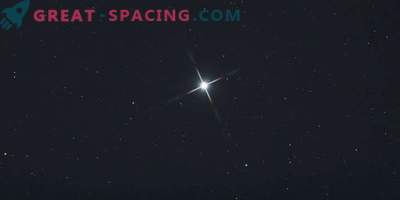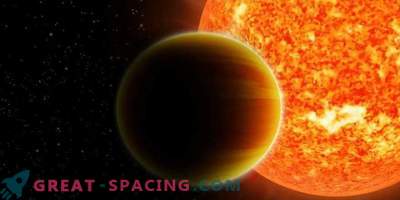
Scientists have found a new low-mass double eclipse star in the open cluster NGC 2632. It has been designated as PTFEB132.707 + 19.810. It represents two late-type stars, which are inferior in massiveness to the Sun.
NGC 2632 is an open star cluster resembling a beehive in the constellation Cancer. Removed 577 light years and is one of the closest to our system. It was because of the proximity that he was able to study well. Detection of eclipsing double stars has many benefits, because they contribute to improving the model of stellar evolution.
Researchers led by Adam Kraus noticed a new eclipse. Interestingly, PTFEB132.707 + 19,810 was found back in 2002, but the true nature was revealed only in the last observation. The orbital period of the object covers 6 days. These are two M-type stars, where the primary radius is 0.36 solar and 0.4 mass. The second radius is 0.27 from the solar and 0.21 masses. Because of their size, none of them fit the evolutionary model. The main one coincided along the radius, but it was much colder and dimmer, and the second corresponded to the brightness, but turned out to be lower in temperature and larger in size.
To obtain this data, scientists analyzed the light curve using a telescope at the Palomar Observatory (California). They also reviewed spectroscopic information from the HIRES apparatus of the Keck Observatory.











































